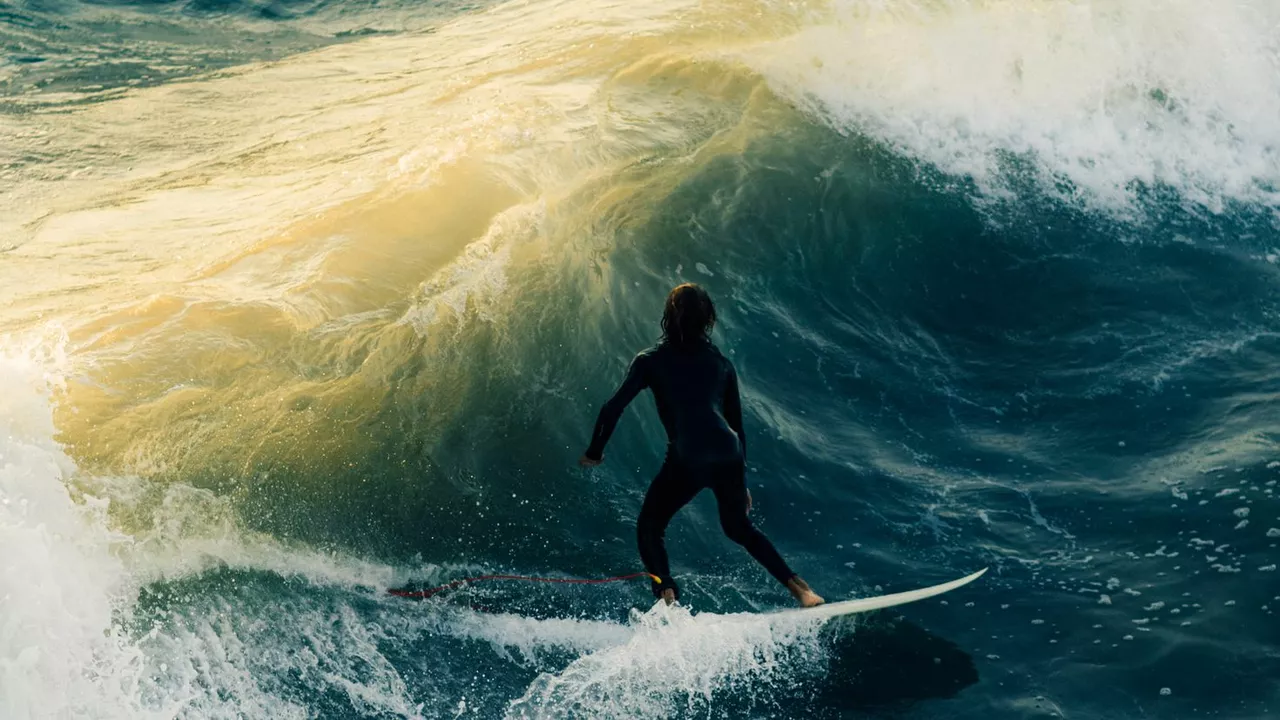No Waves? How to Keep Windsurfing Fun on Flat Water
Ever looked out at a glass‑like sea and thought, "Great, no waves"? It can feel like the wind’s the only thing working for you. But flat water offers a chance to hone skills that pay off when the swell returns. Below are easy ways to get the most out of a no‑wave day.
Gear tweaks for flat water
First, think about your rig. A slightly larger sail catches more wind, giving you speed when the water is calm. Many windsurfers switch from a 5.5 m² race sail to a 6.5 m² leisure sail for flat days. If your board has a wide nose, you’ll feel more stable at higher speeds. Some clubs even recommend a board with a flat rocker – it planes better without waves.
Don’t forget your foot straps. Tighter straps let you pull the board into the wind quickly and stay in control while you practice carving turns. If you own a removable fin, try a smaller one (around 70 cm). Smaller fins reduce drag and let you glide easier.
Flat‑water drills that actually help
Use the calm to work on your footwork. Set up a series of markers (buoys, floating cones, or even a rope) and sail around them in a figure‑eight pattern. This drill forces you to shift weight, adjust sail trim, and stay balanced – all without a wave to hide behind.
Another solid drill is the “pump‑and‑go”. Find a spot with steady wind, pump the sail to build speed, then release the pump and hold a steady pace for 20‑30 seconds. Repeating this helps you feel the board’s natural speed and improves your sense of timing.
If you’re comfortable with a larger sail, try short jumps off a small ramp or a slick‑water wave you can create with the board’s edge. Even a modest hop builds confidence for real wave jumps later.
Flat water is also perfect for practicing body dragging. Have a friend hold the board while you lie on the water and pull yourself up using the sail. The lack of waves lets you focus on the pull‑up technique and get the motion right.
Stay fit and ready for the next swell
While you’re waiting for the next swell, use the calm to work on core strength. A strong core helps you keep the board flat and makes carving smoother. Simple exercises like plank holds, Russian twists, and leg raises can be done on the beach or even on a yoga mat at home.
Don’t overlook mental prep. Visualise a perfect ride: feel the wind fill the sail, picture the turn, and imagine the board gliding fast. This mental rehearsal makes the real thing feel easier when the waves return.
Finally, stay social. A flat‑water day is a great excuse to meet up with other club members, exchange tips, and maybe organize a friendly race. The more you talk about technique, the quicker you’ll improve.
Flat water isn’t a dead end – it’s a training ground. By tweaking your gear, running simple drills, and keeping fit, you’ll be ready to hit the next wave with confidence. So next time the sea is flat, grab your board, head out, and make the most of the wind. No waves? No problem.
What do you do when you're surfing and there are no waves?
When there are no waves while I'm surfing, I use this time to better my board handling skills and balance. This often involves trying different positions on the board or practicing paddling techniques. It's also a perfect opportunity to appreciate the calmness of the sea, soak up some sun, or even engage with the surfing community. Plus, it's a great time to maintain and check my equipment. Remember, surfing isn't just about riding waves - it's about embracing the whole experience.
